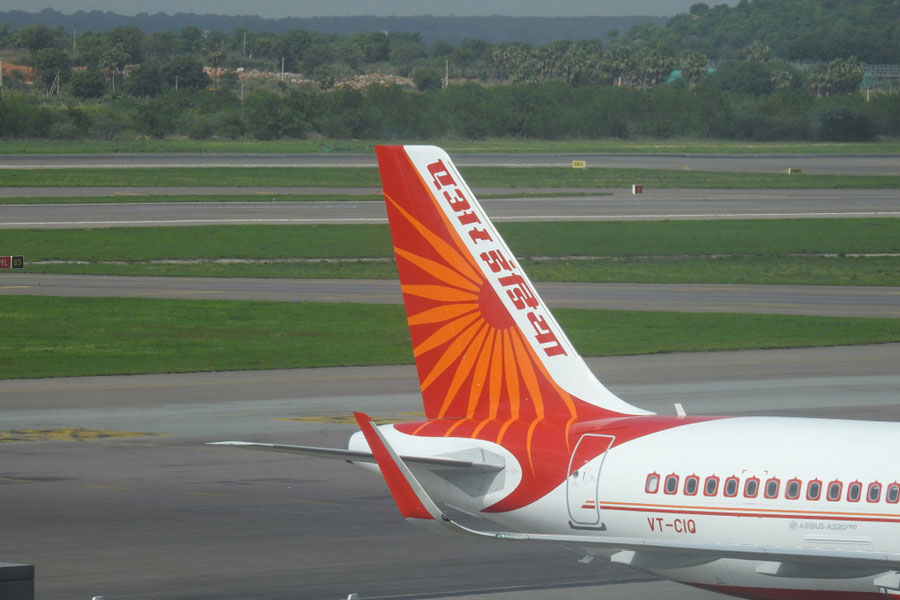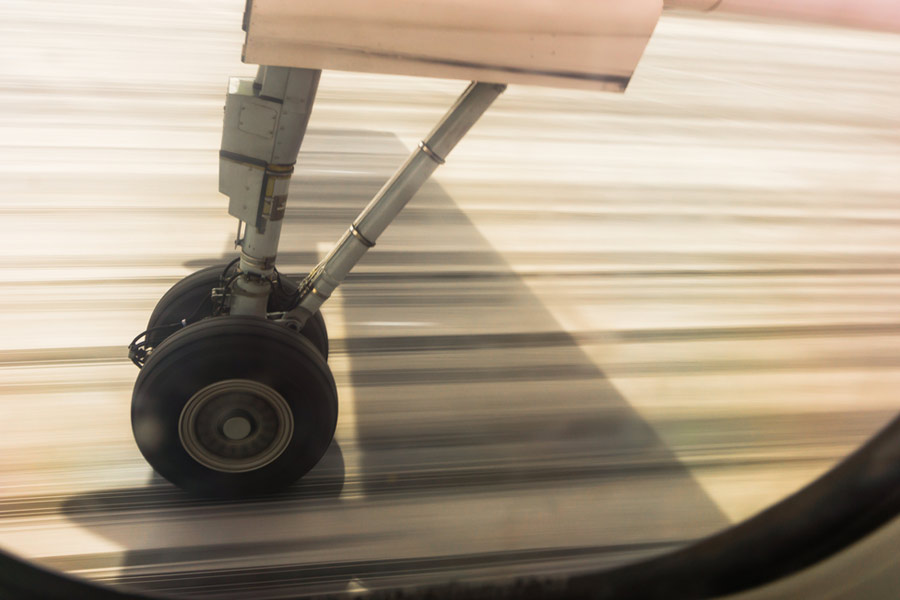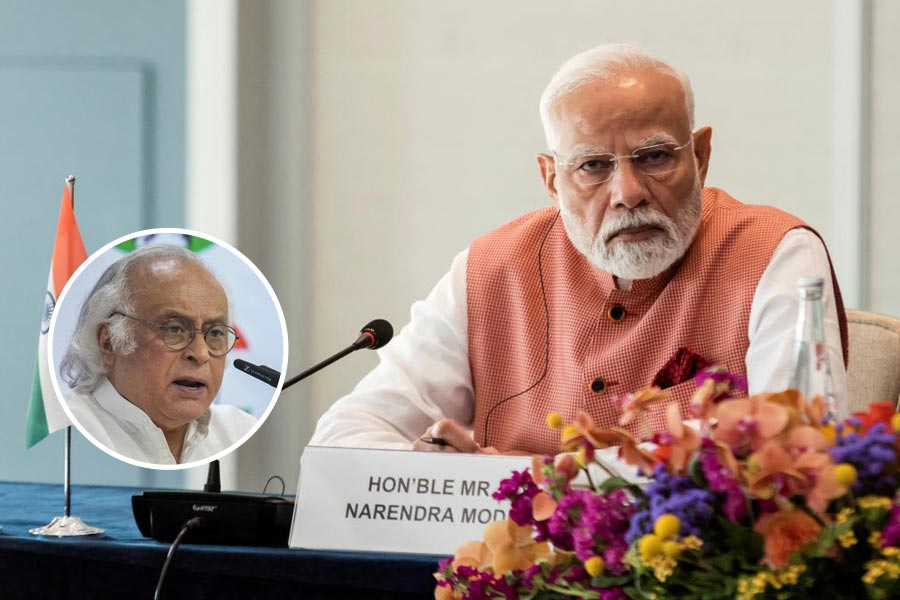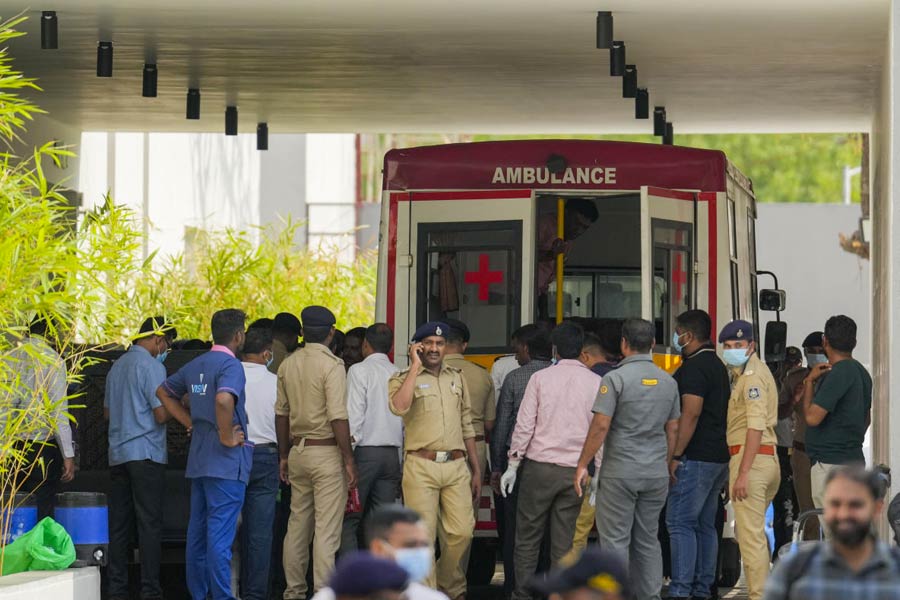 |
I have a revelation to make. While the whole world used data cards to get on the Internet on their laptops, I used my BlackBerry or iPhone as a modem via Bluetooth to surf websites and read email.
Frankly, I found data cards to be quite useless because of their slow speed. The BlackBerry, which has its own network, gave me satisfactory speeds. On other phones, Vodafone was usually better than Airtel for data connectivity.
Then BSNL started advertising its 3G connections. I had booked a connection months ago. A few days back, I got a call saying 3G had been introduced and that I should bring the identification papers and pick up my data card.
So I trotted along with my MacBook to the shop on Mission Row. I took along an efficient Apple-trained engineer from the workshop of Apple’s Premium Reseller, Imagine, in case there was a hitch. All data card vendors claim their devices work on a Mac, but inevitably they fail to set it up.
The BSNL 3G data card is a beautiful device. It has a removable SIM card, which you can insert into your phone. I really hoped it would work. Imagine getting 2Mbps to surf with a data card for a one-time payment of Rs 3,953. Of course, you would need to subscribe to a post-paid plan as per your needs.
After inserting the white capsule-like card into the USB slot, the software loaded flawlessly. However, inside the shop it could not detect the BSNL 3G network. The manager suggested we take the laptop outside the shop. And sure enough, the 3G networks showed up. A heavy webpage opened swiftly. But when I did a speed test it gave me pathetic results. The download speed was just 300kbps compared to the 2 to 8Mbps we get on our home broadband.
The shop manager, an honest soul, discouraged me from buying the device. He said even though BSNL’s technology was much better, the organisation was way behind schedule in installing its electronic machinery. He said 3G worked wonderfully in certain parts of Calcutta such as Kasba, Topsia and the Picnic Garden area. He promised to call me when BSNL’s installation was complete.
Photon Plus
BSNL’s laid-back work culture has helped another broadband data card, Tata Indicom’s Photon Plus, to steal a march over most of its rivals. Photon Plus promises speeds of up to 3.1Mbps. However, on a weekday, speeds drop to 512kbps when the number of users increases.
The device costs Rs 3,600, and the service is available only in certain areas of Andhra Pradesh, Calcutta and 16 districts of West Bengal (including the hills), Bangalore, Chennai, Jaipur, Mumbai, Jammu & Kashmir, Punjab, Kerala and Gujarat. Many northeast towns such as Guwahati, Jorhat, Dibrugarh, Golaghat, Nagaon, Sibsagar, Tezpur and Tinsukia are covered. Meghalaya, Imphal, Dimapur, Kohima, Agartala, Tura and Aizawl too are covered. The post-paid plans vary from Rs 250 to Rs 1,500. There is no charge for the first 100 minutes. Another goody is that you can suspend your plan for 89 days if you are not travelling.
The Snow Leopard Solution for Photon Plus
Photon Plus dealers were confident they would be able to run the device on a Mac even though I had pointed out that the website did not mention OS X in the list of operating systems.
Their salesman, who had set up the device on many Windows systems, came and got to work. He did not know where to begin. Photon Plus first has to be installed on a Windows PC and activated. It then works perfectly on a Mac.
The next day I upgraded my Mac to Snow Leopard. Photon Plus stopped working! I inserted the device into my Mac, but the installation file did not show up. I right clicked on the 'Mobile Connect' icon and chose Show Contents. There I found the installation file. I re-installed the software and it started working at lightning speed.
Reliance Net Connect
Reliance too claims to offer 3.1Mbps download speed. However, you have to be careful here; only certain areas of a city are mapped for this speed. On an average you should get at least over 1.5Mbps. In all other areas you will get less than the broadband speed of 256kbps.
Reliance offers the widest coverage. Around 20,000 towns and five lakh villages are covered for at least 144kbps. You will get broadband speed in 35 cities, of course, only if the area is mapped for such speed.
It is cheaper to use BSNL’s broadband at home. Travellers, choose your data card depending on where you are going. I, for one, will continue to use my phone as a modem and wait for 3G.
Send in your computer- related problems to askdoss@abpmail.com The solutions will appear soon










